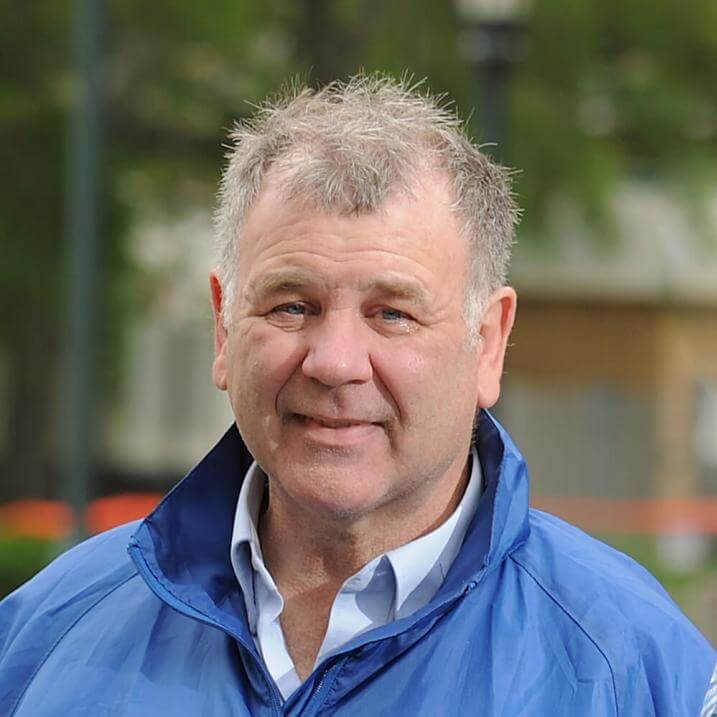Abstract
This project researches novel 3-D mapping techniques for the pipes and conduits carrying water, sewer, electricity, gas, telecommunications and steam underneath cities. Much of this infrastructure is aging and in unknown condition with unknown locations. The research uses a smart cities approach to managing information regarding urban underground utility infrastructure, as part of the US Ignite/NIST Global Cities Team Challenge (GCTC), operating in the adjacent cities of Burlington and Winooski. This is a small metropolitan region that enables ease of implementation of research efforts, yet big enough to elucidate key issues affecting scaling up to larger cities. The overall approach examines sensing and information technology to determine the state of infrastructure and provide it in an appropriate, timely and secure format for the managers, planners and users. The sensors include advanced ground penetrating radar and leak sensors connected to a high-speed network. Information will flow to and from a novel 3-D utility mapping and condition database. This information will be of use for presentation in graphical format for mobile and fixed devices, and for use by urban planners and engineers, along with maintenance and construction personnel.
This research addresses mapping and information processing of the location and condition of underground urban infrastructure. The primary research objectives are: 1. Urban underground 3-D utility mapping and sensor network database - This will be a novel system that integrates Building Information Modeling (BIM) and Geographical Information (GIS) database techniques; 2. Innovative high-speed tomographic ground penetrating radar (GPR) system - Imaging and assessing buried features is hampered by the congested nature of urban underground infrastructure. The research will examine advanced multi-static and phased array GPR techniques to measure scattering from pipes off-axis and to steer radar waves; 3. Underground water pipe monitoring sensor system - The design of the sensor network requires determining how to configure a heterogeneous mix of acoustic, pressure and flow metering sensors onto a high-speed fiber optic telemetry network, to detect, locate and assess leaks in fresh water supply systems. Prototyping experiments will start with acoustic sensors; 4. Digital and automated analysis tools - The GPR and sensor network data streams are multichannel, complicated and voluminous. Automated data processing methods are required for mapping and condition assessment, and 5. Field test research - Measure the performance of the utility mapping and sensor network database, associated instrumentation and analysis in the adjacent cities of Burlington and Winooski, VT.
Dryver Huston
Dryver R. Huston received a BS in Mechanical Engineering from the University of Pennsylvania, Philadelphia, PA, USA in 1980, and an MA in 1982 and a PhD in 1986 in Civil Engineering from Princeton University, Princeton, NJ, USA. He is a Professor of Mechanical Engineering at the University of Vermont, Burlington, VT, where he has been a faculty member since 1987. His research interests include cyberphysical systems, opto- and electromechanical sensing system design, smart structures, smart cities, structural health monitoring, and self-healing systems, and is author of the book “Structural Sensing, Health Monitoring and Performance Evaluation,” Taylor Francis, 2010.
Performance Period: 09/01/2016 - 08/31/2018
Institution: University of Vermont & State Agricultural College
Sponsor: National Science Foundation
Award Number: 1640687
Feedback
Feedback
If you experience a bug or would like to see an addition or change on the current page, feel free to leave us a message.
